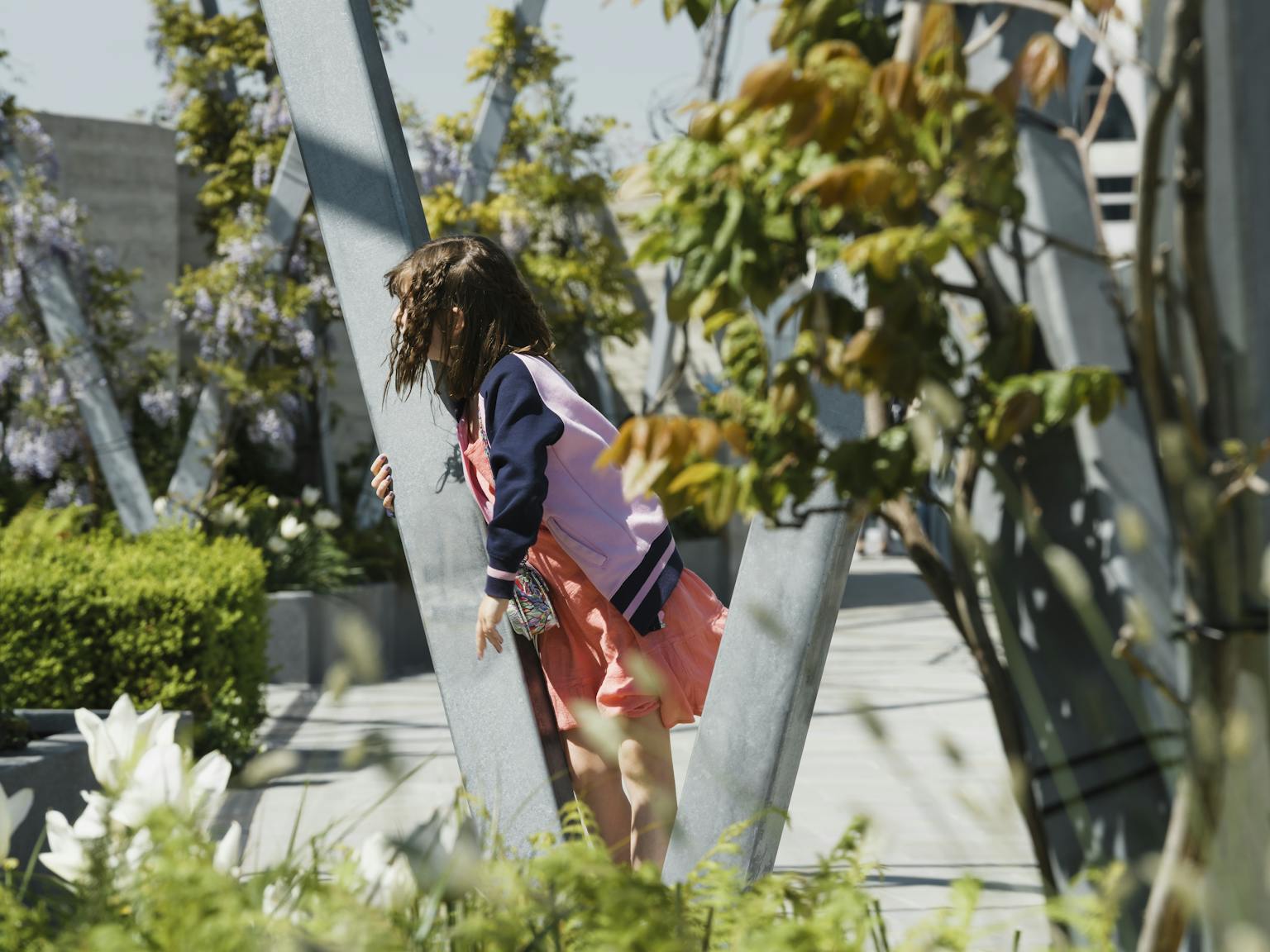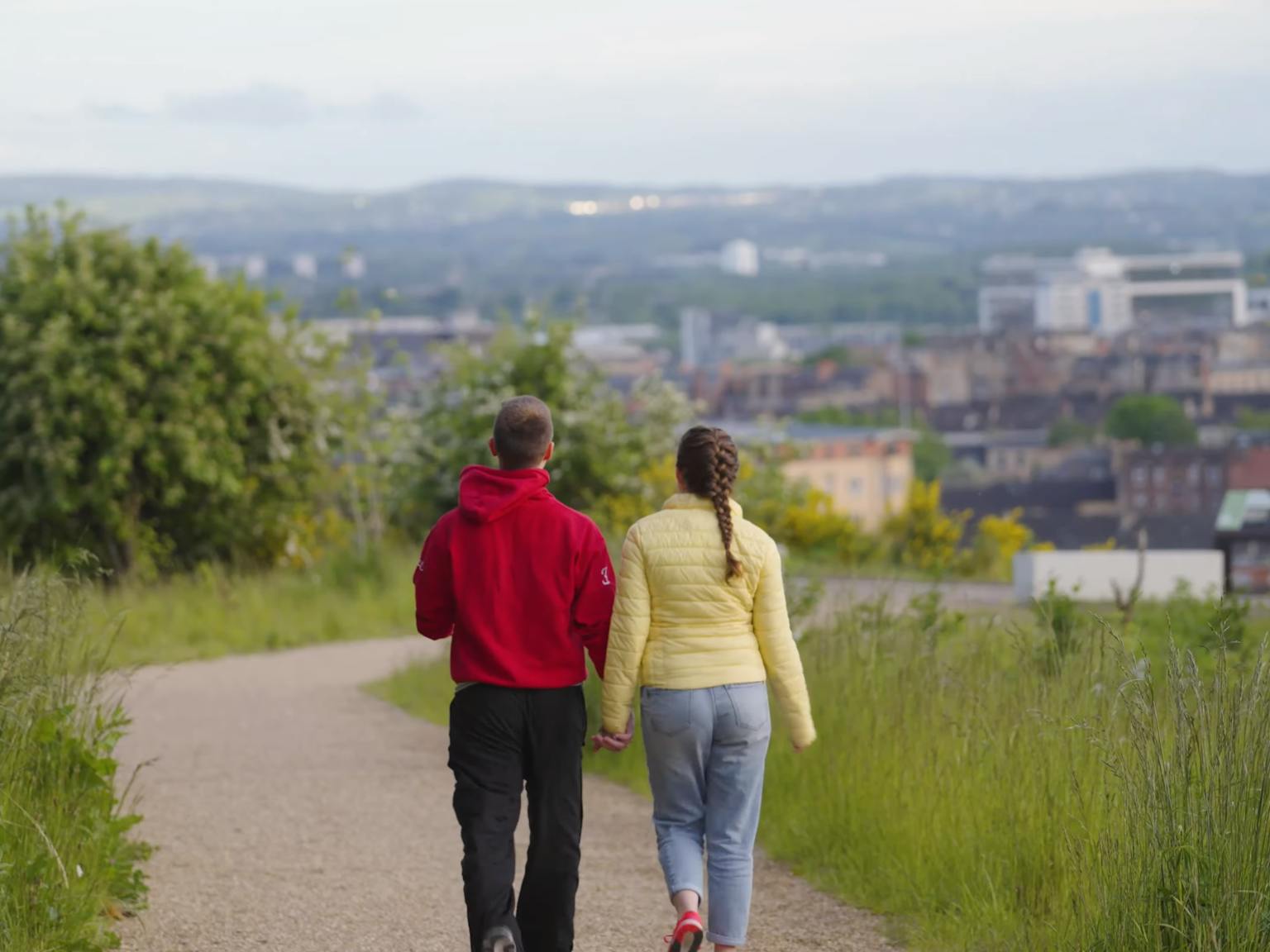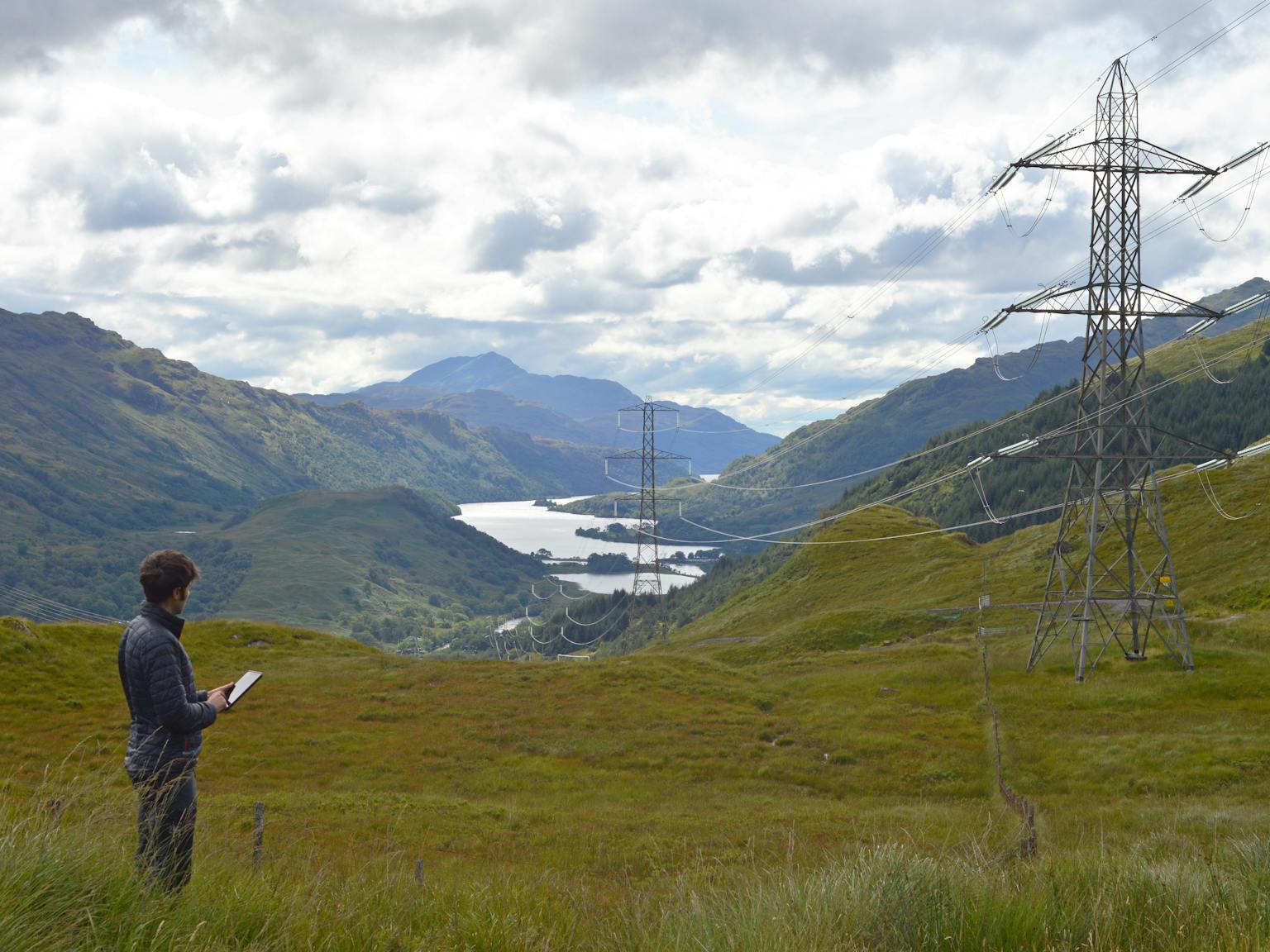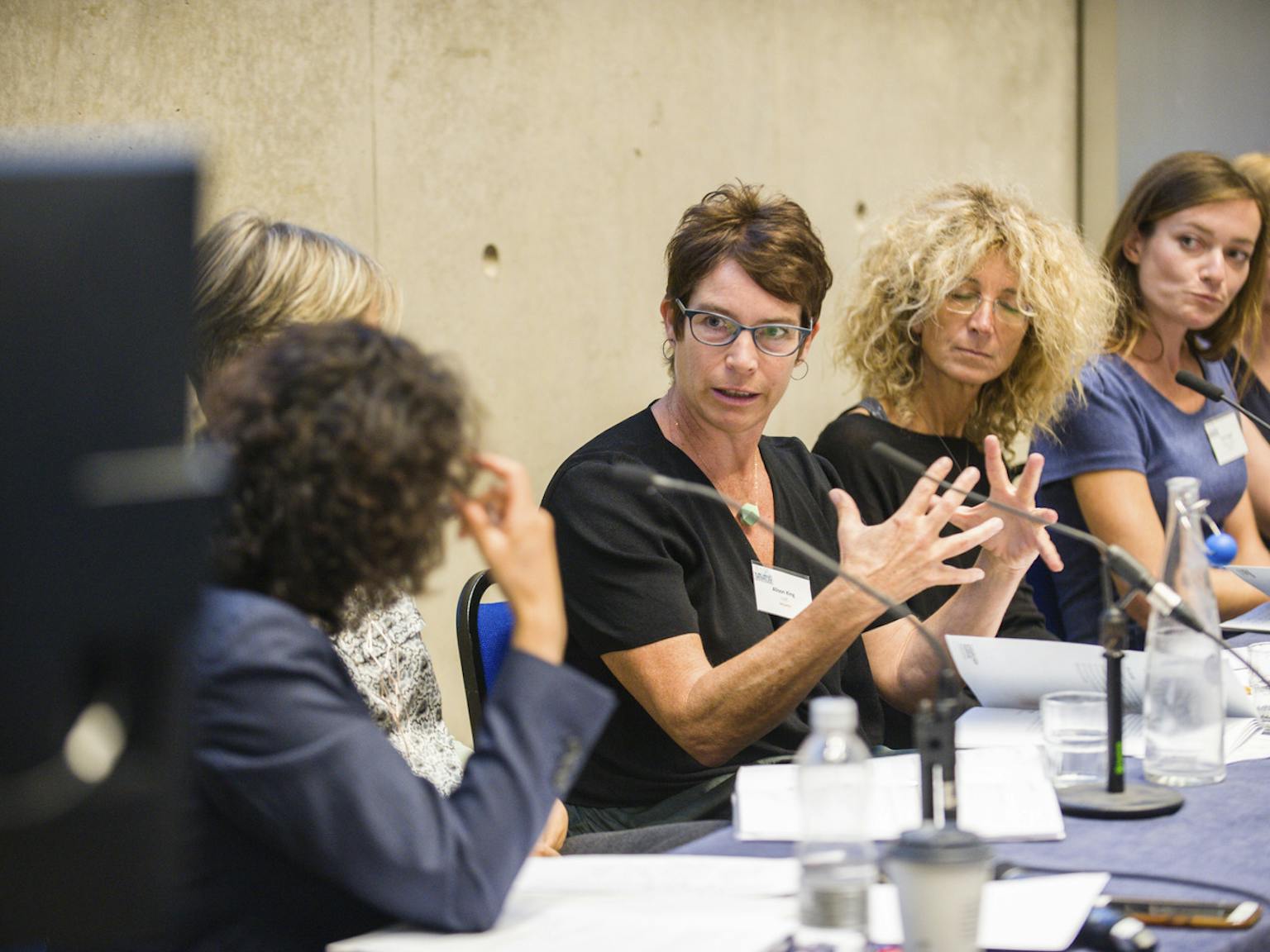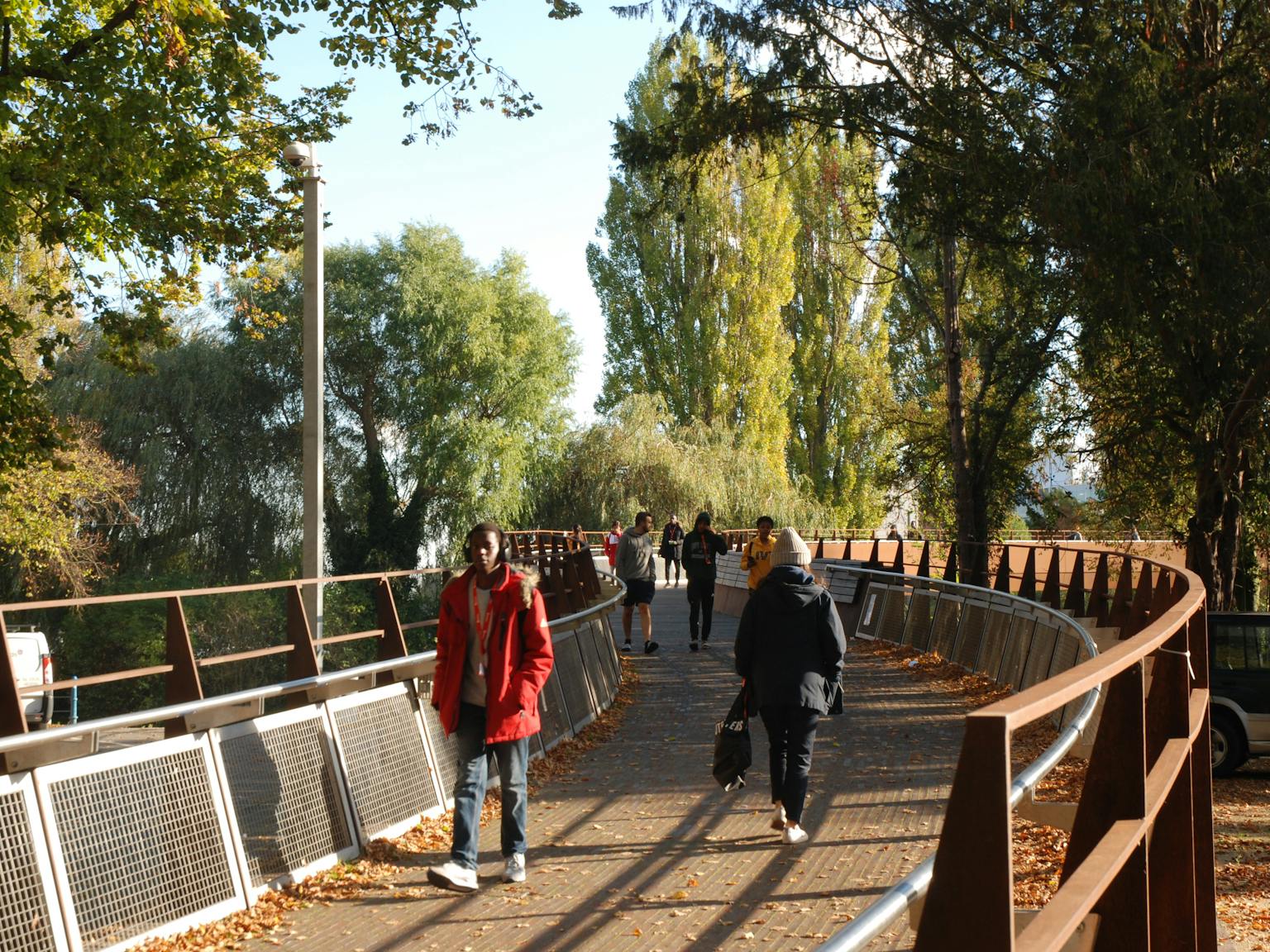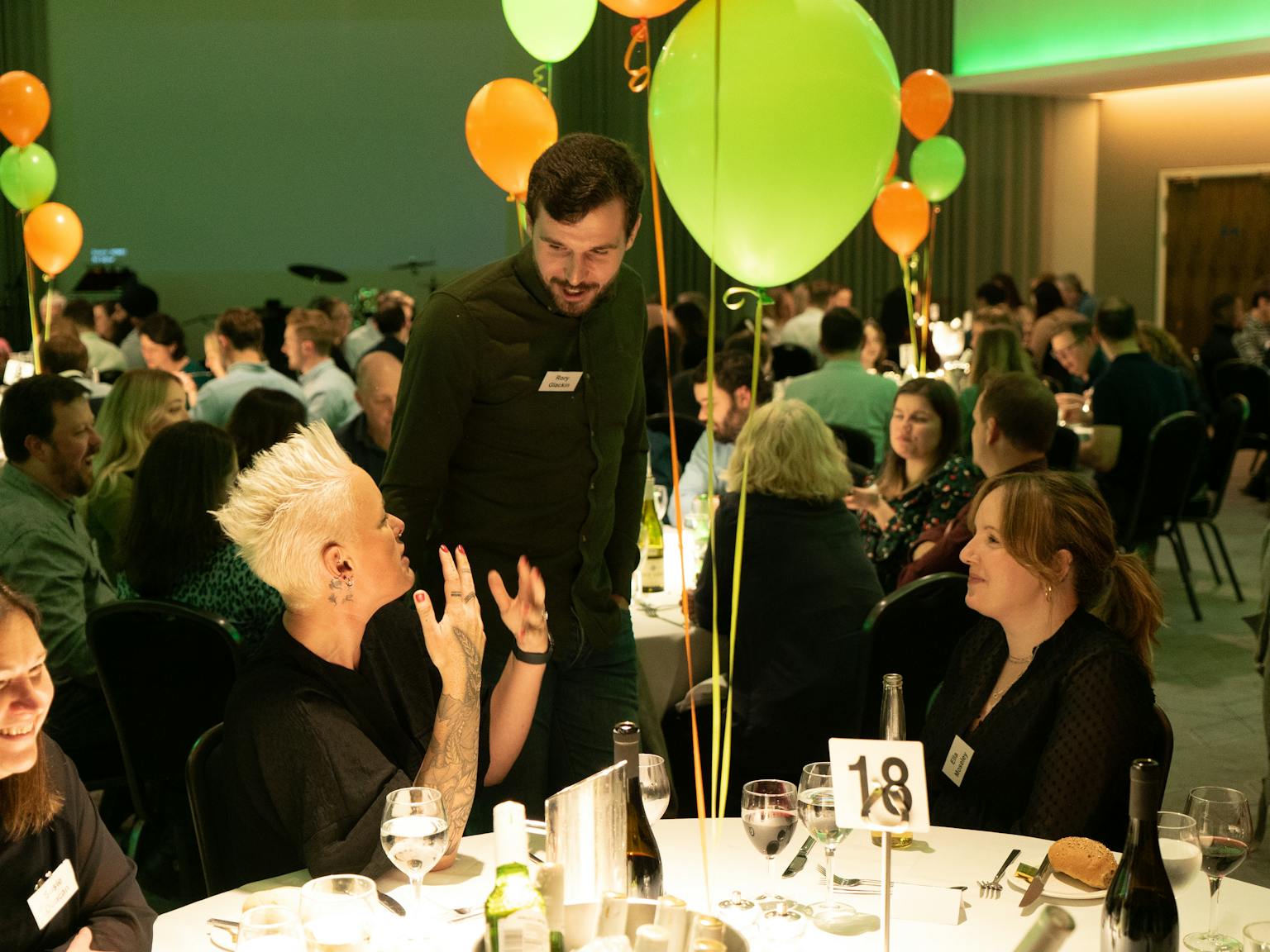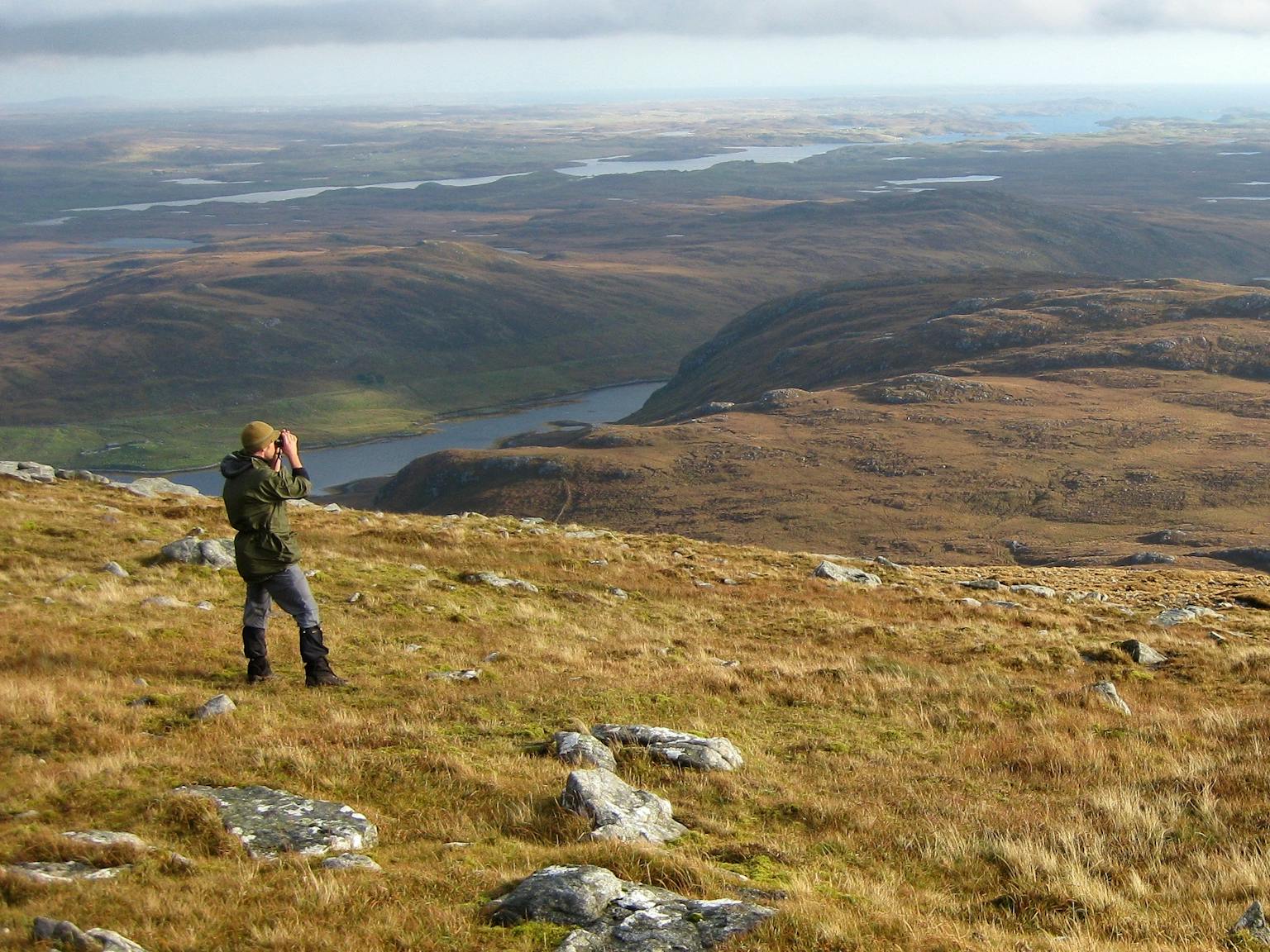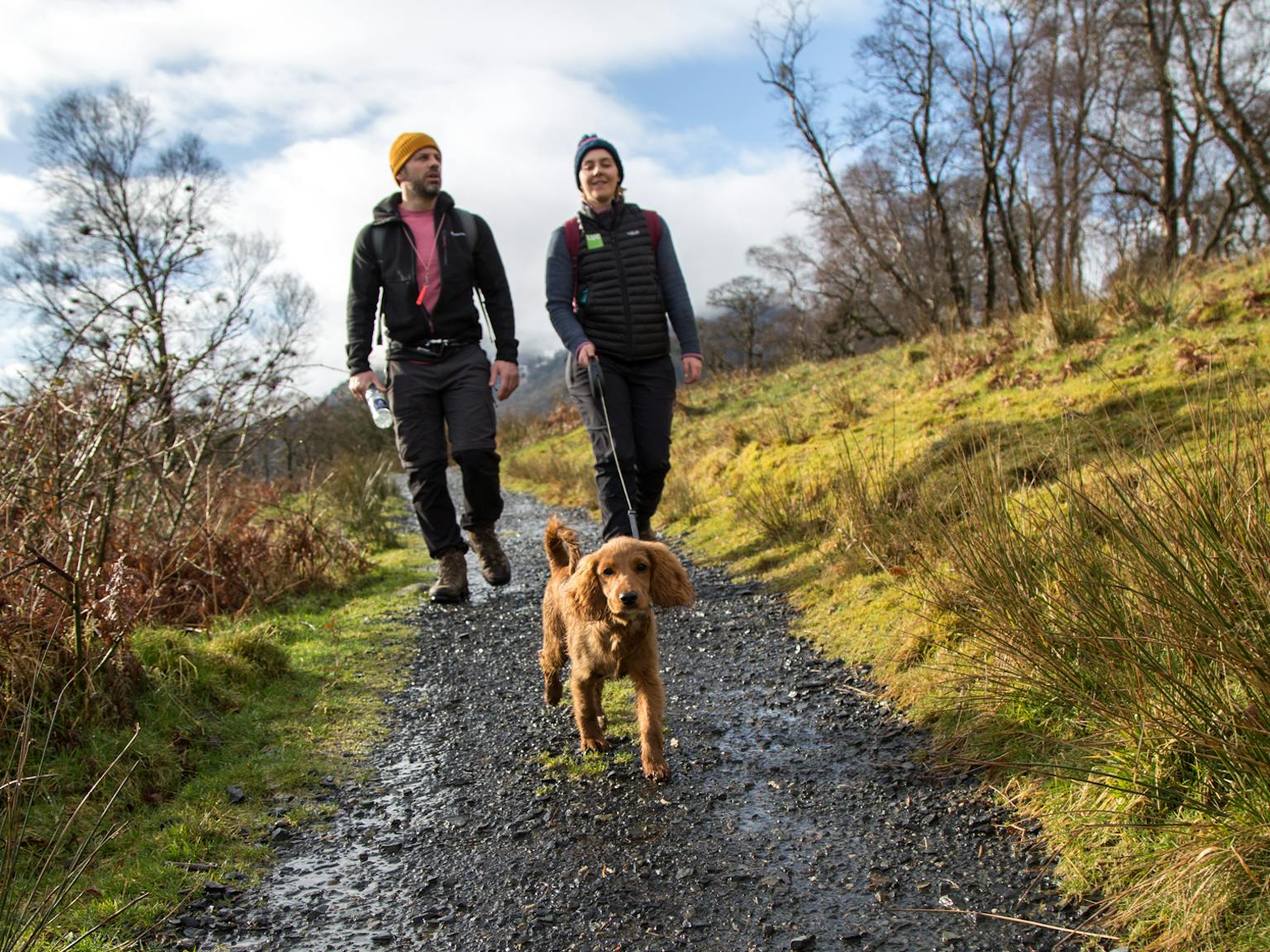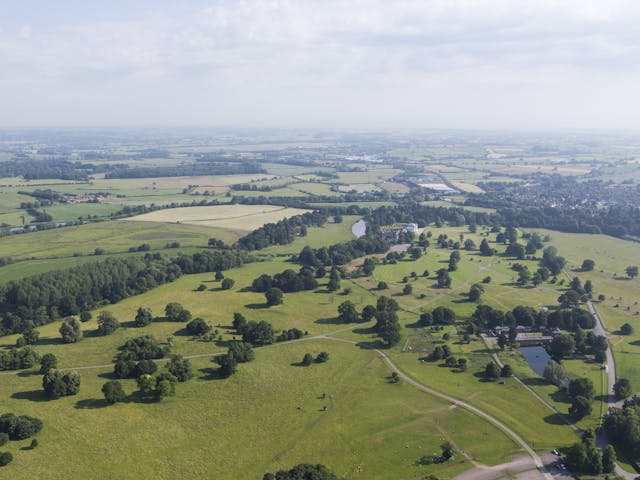
Local Nature Recovery Strategies – a panacea for nature recovery?
LUC has been closely following the development of policy on Local Nature Recovery Strategies (LNRS), as we see them as a potentially powerful mechanism for coordinating investment in nature recovery and nature-based solutions across landscapes.
LNRSs are a new England-wide system of spatial strategies intended to help reverse the decline of biodiversity and provide wider environmental benefits. They are likely to be developed at approximately county scale by ‘responsible authorities’ such as county councils and national park authorities, with approximately 50 across England.
Recent government announcements
The much anticipated LNRS regulations and statutory guidance were laid before Parliament on 23 March 2023 and the government response to the LNRS consultation has also been published. These documents provide helpful clarification of the process for preparing LNRSs, including
- the parties to be involved (Natural England has a key role alongside Local Authorities, National Park Authorities and a wide range of local stakeholders),
- the steps to work through (including public consultation, sign off and periodic review),
- key issues to consider (e.g. national environmental objectives [and perhaps the forthcoming Land Use Framework for England], opportunities to deliver wider environmental benefits and other benefits, such as public access to nature, alongside biodiversity conservation and enhancement),
- and the key content each should cover (map most valuable existing areas for nature; agree priorities for nature’s recovery; map proposals for creating or improving habitat for nature and wider goals).
Influence and delivery
Whilst similar in some ways to county-scale green infrastructure strategies, albeit with a primary focus on nature recovery, the regulations give LNRSs additional influence – all public authorities will need to have regard to them (including Local Planning Authorities); they will incentivise the use of specific identified sites for offsite biodiversity net gain; and they will be used to target wider funding (although how far this will extend – e.g. to some environmental land management schemes – is yet be clarified).
They will also “inform the local planning process”, but no further guidance has yet been provided on exactly how – hopefully, this will follow soon, including clarification of any links between LNRS priorities and Environmental Outcomes Reports.
Timescales for the publication of LNRSs remain unclear. The original intention was to have them in place before the introduction of mandatory Biodiversity Net Gain (BNG) in November 2023 but presumably this is no longer realistic. Whilst we work with Local Planning Authorities and other delivery bodies on meeting local biodiversity and nature recovery targets, we await clarification of this as well as funding to ‘responsible authorities’.
How LUC can help
LUC is a market leader in developing Green and Blue Infrastructure Strategies that are informed by the latest science, policy and funding developments, including LNRSs, BNG, the Nature Markets Framework, Natural England’s Green Infrastructure Framework and emerging thinking on a Land Use Framework for England. We are also supporting the piloting of Regional Land Use Partnerships and Frameworks in Scotland, including project managing stakeholder engagement on land use change priorities.
We are able to draw on a range of relevant expertise across our teams, including planning, ecology, landscape design, land management and GIS, including digital tools for creating engaging and interactive online content to support stakeholder engagement.
Please get in touch if we can assist you with developing your LNRS or support you to review your GBI strategy in the context of recent policy developments.
